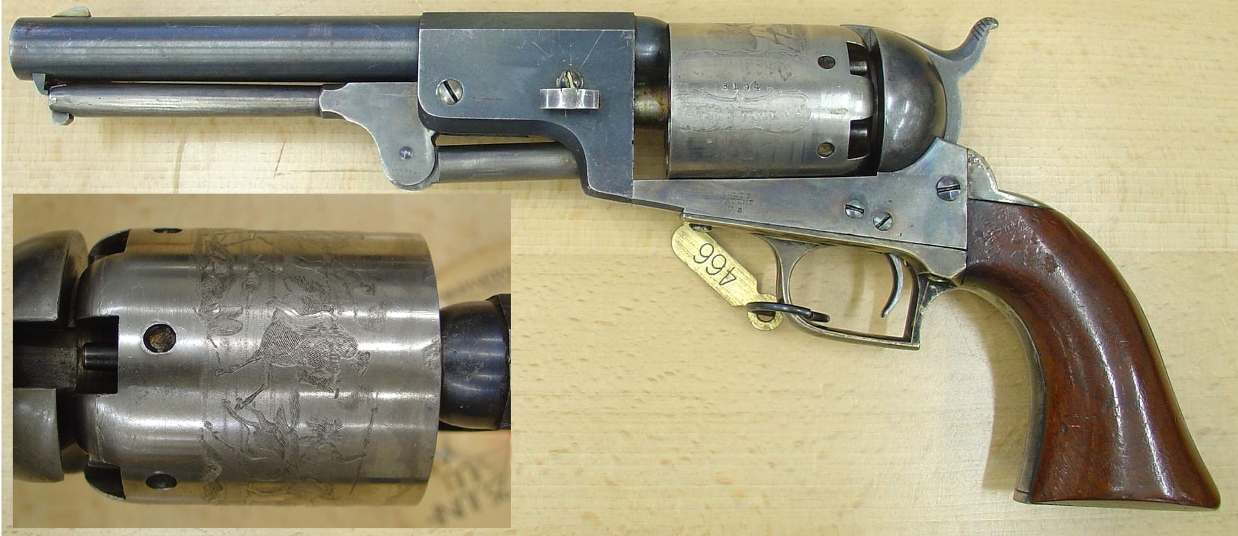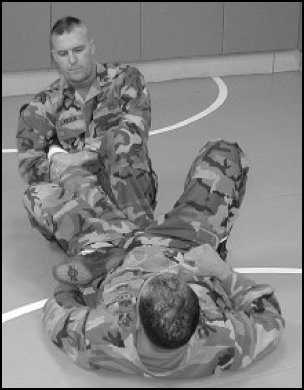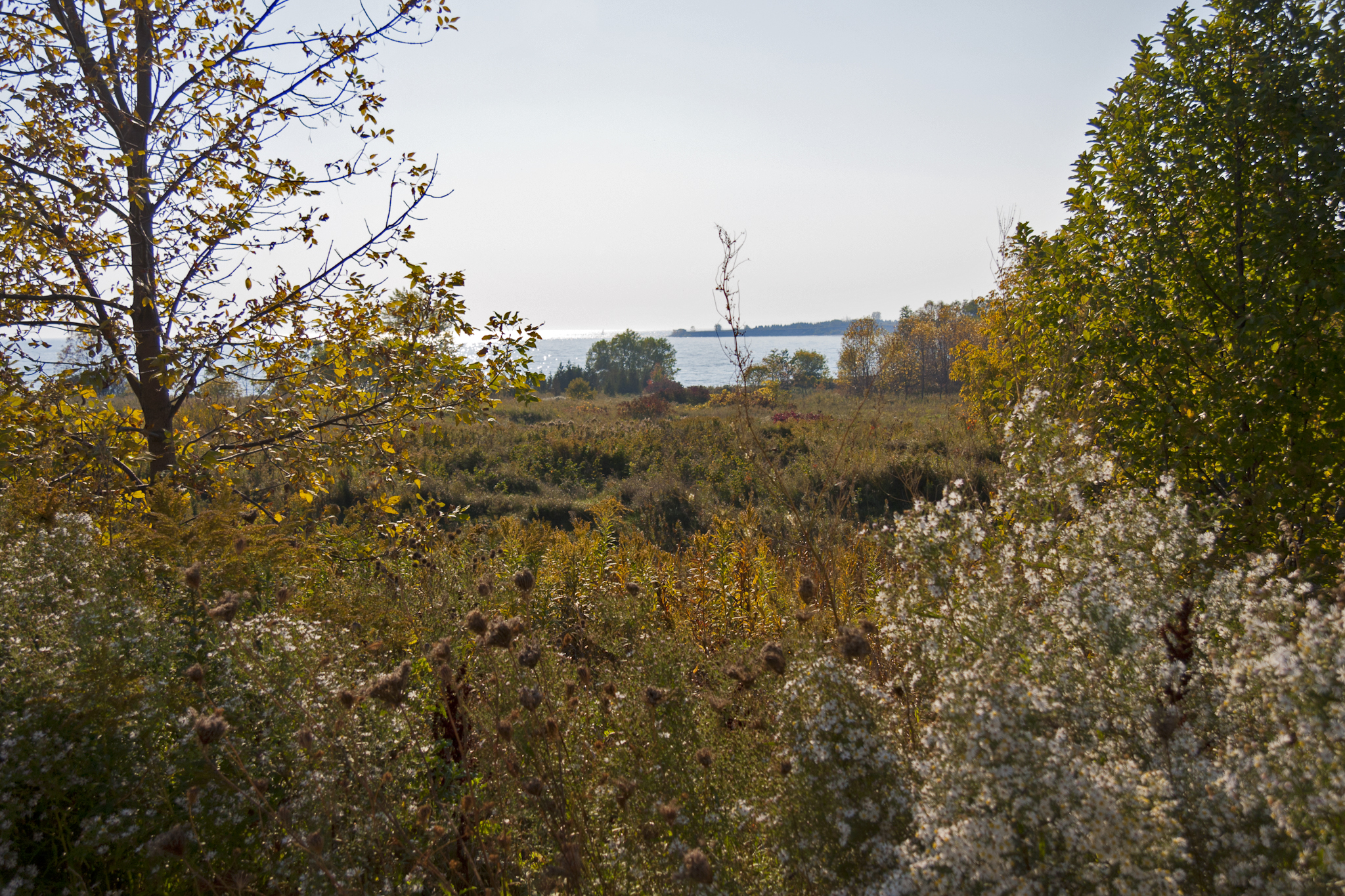|
Eric A. Sykes
Major Eric Anthony Sykes (5 February 1883 – 12 May 1945), born Eric Anthony Schwabe, was a soldier and firearms expert. He is most famous for his work with William E. Fairbairn in the development of the eponymous Fairbairn–Sykes fighting knife and modern British Close Quarters Battle (CQB) martial arts during World War II. Originally working for an import/export company selling weapons in East Asia, he claimed he volunteered for and served in the British Army as a sharpshooter on the Western Front during World War I. Returning to China in 1917, he joined the volunteer branch of the Shanghai Municipal Police (SMP) Specials with the rank of Inspector in 1926. Background Sykes was born Eric Anthony Schwabe in Barton-upon-Irwell, Eccles, Greater Manchester, England, the son of Lawrence Schwabe a Manchester born letter press printer and Octavie his German wife from Cologne, Germany. By 1891 the family had moved south to Bromley in Kent near to Sevenoaks where his father worked ... [...More Info...] [...Related Items...] OR: [Wikipedia] [Google] [Baidu] |
Major
Major ( commandant in certain jurisdictions) is a military rank of commissioned officer status, with corresponding ranks existing in many military forces throughout the world. When used unhyphenated and in conjunction with no other indicators, major is one rank above captain, and one rank below lieutenant colonel. It is considered the most junior of the field officer ranks. Background Majors are typically assigned as specialised executive or operations officers for battalion-sized units of 300 to 1,200 soldiers while in some nations, like Germany, majors are often in command of a company. When used in hyphenated or combined fashion, the term can also imply seniority at other levels of rank, including ''general-major'' or ''major general'', denoting a low-level general officer, and '' sergeant major'', denoting the most senior non-commissioned officer (NCO) of a military unit. The term ''major'' can also be used with a hyphen to denote the leader of a military band su ... [...More Info...] [...Related Items...] OR: [Wikipedia] [Google] [Baidu] |
Colt's Manufacturing Company
Colt's Manufacturing Company, LLC (CMC, formerly Colt's Patent Firearms Manufacturing Company) is an American firearms manufacturer, founded in 1855 by Samuel Colt and is now a subsidiary of Czech holding company Colt CZ Group. It is the successor corporation to Colt's earlier firearms-making efforts, which started in 1836. Colt is known for the engineering, production, and marketing of firearms, most especially between the 1850s and World War I, when it was a dominating force in its industry and a seminal influence on manufacturing technology. Colt's earliest designs played a major role in the popularization of the revolver and the shift away from earlier single-shot pistols. Although Samuel Colt did not invent the revolver concept, his designs resulted in the first very successful ones. The most famous Colt products include the Colt Walker, made in 1847 in the facilities of Eli Whitney Jr., the Colt Single Action Army or Peacemaker, the Colt Python, and the Colt M1911 p ... [...More Info...] [...Related Items...] OR: [Wikipedia] [Google] [Baidu] |
Combatives
Combatives is the term for hand-to-hand combat training and techniques within the Army branch of the United States military. History Sometimes called Close-Quarters Combat (CQC or close combat), World War II-era American combatives were largely developed by Britain's William E. Fairbairn and Eric A. Sykes. Also known for their eponymous Fairbairn–Sykes fighting knife, Fairbairn and Sykes had worked in the British Armed Forces and helped teach the Shanghai Municipal Police (SMP) quick, effective, and simple techniques for fighting with or without weapons in melee situations. Similar training was provided to British Commandos, the First Special Service Force, Office of Strategic Services, Army Rangers, and Marine Raiders. Fairbairn at one point called this system Defendu and published on it, as did their American colleague Rex Applegate. Fairbairn often referred to the technique as "gutter fighting", a term which Applegate used, along with "the Fairbairn system". Other c ... [...More Info...] [...Related Items...] OR: [Wikipedia] [Google] [Baidu] |
Bexhill-on-Sea
Bexhill-on-Sea (often shortened to Bexhill) is a seaside town and civil parish situated in the county of East Sussex in South East England. An ancient town and part of the local government district of Rother, Bexhill is home to a number of archaeological sites, a Manor House in the Old Town, an abundance of Edwardian and Victorian architecture, and the famous De La Warr Pavilion: today a centre for contemporary art – which has featured the work of Andy Warhol, Cerith Wyn Evans and Richard Wilson among others – and an auditorium, where Bob Marley had his first UK appearance and has since seen performances by Elvis Costello, Goldfrapp, Marti Caine, Ray Davies, Years & Years, Patti Smith and Laurie Anderson. History The first reference to Bexhill, or Bexelei as it was originally called, was in a charter granted by King Offa of Mercia in 772 AD. It is recorded that King Offa had "defeated the men of Hastings" in 771 AD. At this time, the term Hastings would ... [...More Info...] [...Related Items...] OR: [Wikipedia] [Google] [Baidu] |
Major (United Kingdom)
Major (Maj) is a military rank which is used by both the British Army and Royal Marines. The rank is superior to captain and subordinate to lieutenant colonel. The insignia for a major is a crown. The equivalent rank in the Royal Navy is lieutenant commander, and squadron leader in the Royal Air Force. History By the time of the Napoleonic wars, an infantry battalion usually had two majors, designated the "senior major" and the "junior major". The senior major effectively acted as second-in-command and the majors often commanded detachments of two or more companies split from the main body. The second-in-command of a battalion or regiment is still a major. File:British-Army-Maj(1856-1867)-Collar Insignia.svg, 1856 to 1867 major's collar rank insignia File:British-Army-Maj(1867-1880)-Collar Insignia.svg, 1867 to 1880 major's collar rank insignia File:British&Empire-Army-Maj(1881-1902).svg, 1881 to 1902 major's shoulder rank insignia During World War I, majors wore the foll ... [...More Info...] [...Related Items...] OR: [Wikipedia] [Google] [Baidu] |
Captain (British Army)
Captain (Capt) is a junior officer rank of the British Army and Royal Marines and in both services it ranks above lieutenant and below major with a NATO ranking code of OF-2. The rank is equivalent to a lieutenant in the Royal Navy and to a flight lieutenant in the Royal Air Force. The rank of captain in the Royal Navy is considerably more senior (equivalent to the Army/RM rank of colonel) and the two ranks should not be confused. In the 21st-century British Army, captains are often appointed to be second-in-command (2IC) of a company or equivalent sized unit of up to 120 soldiers. History A rank of second captain existed in the Ordnance at the time of the Battle of Waterloo. From 1 April 1918 to 31 July 1919, the Royal Air Force maintained the junior officer rank of captain. RAF captains had a rank insignia based on the two bands of a naval lieutenant with the addition of an eagle and crown above the bands. It was superseded by the rank of flight lieutenant on the follow ... [...More Info...] [...Related Items...] OR: [Wikipedia] [Google] [Baidu] |
Milton Hall
Milton Hall near Peterborough, is the largest private house in Cambridgeshire, England.This Milton Hall should not be confused with the other Milton Hall just to the north of Cambridge in the village of Milton. The Milton Hall near Cambridge is a manor house, now used as office accommodation. Sir Clive Sinclair occupied it prior to the current tenant, Pi Innovo (formerly Pi Shurlok, Pi Technology and Pi Research). As part of the Soke of Peterborough, it was formerly part of Northamptonshire. It dates from 1594, being the historical home of the Fitzwilliam family, and is situated in an extensive park in which some original oak trees from an earlier Tudor deer park survive. The house is a Grade I listed building; the garden is Grade II*. Location The gardens and pleasure grounds of Milton Park are about from Peterborough city centre, off the A47 road, and are about to the south of the house. There are views of the park from both sides of the house. The house and grounds are ... [...More Info...] [...Related Items...] OR: [Wikipedia] [Google] [Baidu] |
Operation Jedburgh
Operation Jedburgh was a clandestine operation during World War II in which three-man teams of operatives of the British Special Operations Executive (SOE), the U.S. Office of Strategic Services (OSS), the Free French Bureau central de renseignements et d'action ("Central Bureau of Intelligence and Operations") and the Dutch and Belgian armies in exile were dropped by parachute into occupied France, the Netherlands and Belgium. The objective of the Jedburgh teams was to assist allied forces who invaded France on 6 June 1944 with sabotage and guerrilla warfare, and leading local resistance forces in actions against the Germans. The name of the operation was chosen at random from a Ministry of Defence code book, although several of those who took part in the operation later reflected that the name was apt as the town of Jedburgh in the Scottish Borders was notorious in the late Middle Ages for the activities of the raiders known as the Border Reivers. Operation Jedburgh represen ... [...More Info...] [...Related Items...] OR: [Wikipedia] [Google] [Baidu] |
Camp X
Camp X was the unofficial name of the secret Special Training School No. 103, a Second World War British paramilitary installation for training covert agents in the methods required for success in clandestine operations. It was located on the northwestern shore of Lake Ontario between Whitby and Oshawa in Ontario, Canada. The area is known today as Intrepid Park, after the code name for Sir William Stephenson, Director of British Security Co-ordination (BSC), who established the program to create the training facility. The facility was jointly operated by the Canadian military, with help from Foreign Affairs and the RCMP but commanded by the BSC; it also had close ties with MI6. In addition to the training program, the Camp had a communications tower that could send and transmit radio and telegraph communications, called Hydra. Established December 6, 1941, the training facility closed before the end of 1944; the buildings were removed in 1969 and a monument was erecte ... [...More Info...] [...Related Items...] OR: [Wikipedia] [Google] [Baidu] |
Point Shooting
Point shooting, also known as target- or threat-focused shooting, intuitive shooting, instinctive shooting or subconscious tactical shooting, is a practical shooting method where the shooter points a ranged weapon (typically a revolver or semiautomatic pistol) at a target without relying on the use of sights to aim. Emphasis is placed on fast draw and trying to score preemptive hits first. In close quarters combat, where life-threatening situations emerge very quickly, sighted marksmanship techniques become risky, so advocates of point shooting emphasize a less sighting-oriented style that prioritizes the tactical advantages of quick fire superiority and suppression. Point shooting is also a technique used by trained archers and marksmen to improve general accuracy when using a bow, crossbow, firearm or other ranged weapon. By developing a muscle memory for a given weapon, the shooter can become so accustomed to the weapon's weight and balance in its typical shooting p ... [...More Info...] [...Related Items...] OR: [Wikipedia] [Google] [Baidu] |
Combat Pistol Shooting
Combat pistol shooting is a modern martial art that focuses on the use of the handgun as a defensive weapon for self defense, or for military and police use. Like most martial arts, combat pistol shooting is practiced both for defense and for sport. Many of the action shooting disciplines are based on combat pistol techniques, and take the form of simulations of defensive or combat situations. History Combat pistol shooting, as separate from target shooting, began to evolve in the early 1900s. Modern tactics of pistol combat were developed in the 1920s by two British members of the Shanghai Municipal Police. (Shanghai was then governed by an international government). At the time the Shanghai streets were rife with criminal activity, and policing in the city was becoming a very dangerous line of work. Captain William E. Fairbairn and Sergeant Eric A. Sykes developed innovative pistol shooting techniques and handgun specifications for the police force. During the Second World War, ... [...More Info...] [...Related Items...] OR: [Wikipedia] [Google] [Baidu] |
General List
The General Service Corps (GSC) is a corps of the British Army. Role The role of the corps is to provide specialists, who are usually on the Special List or General List. These lists were used in both World Wars for specialists and those not allocated to other regiments or corps. In World War II, they were used for male operatives of the Special Operations Executive (female operatives joined the FANY). History The General Service Corps itself was formed in February 1942. From 2 July 1942, army recruits were enlisted in the corps for their first six weeks so that their subsequent posting could take account of their skills and the Army's needs. A similar role, holding some recruits pending allocation to their units, continues today. Bermuda Militia Infantry soldiers absorbed into the Bermuda Militia Artillery before demobilisation in 1946 wore the General Service Corps cap badge instead of the Royal Artillery cap badge. Insignia From 1914, for the General List and later the Gene ... [...More Info...] [...Related Items...] OR: [Wikipedia] [Google] [Baidu] |






